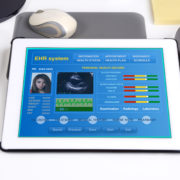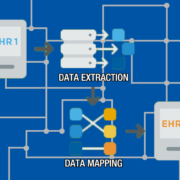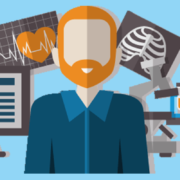Helping Older Patients Use Their Personal Health Records
The value of personal health records is well-established. Patients with access to them are more informed about their health. Their records become more portable, meaning that your orthopedic patients have better continuity of care. Individual patients are able to refer back to care plans more easily and have an easier time complying with medication and other directives. However, there are barriers to access for a number of patients, particularly the elderly.
Do Elderly Patients Use Personal Health Records?
Adoption of patient health portals by older adults is higher than many researchers expected; in a recent study from the UW SOARING project (Studying Older Adults & Researching Information Needs and Goals), they found that one in five elderly individuals reported using a patient portal. An additional 16% said they had used them in the past or anticipated using them at some point in the future.
How Can More Patients Benefit?
The level of usage among older adults can be increased through a number of changes in philosophy and practice. The first change should come from family physicians and other healthcare practitioners. Often, the first time a patient will begin using an electronic patient health record is when they switch to a new physician or add a new specialist. The UW SOARING project found that many family physicians did not have a full understanding of how personal health records could benefit their patients. Additionally, many were worried that elderly patients would be especially vulnerable to privacy violations or data breaches. However, many patients did not share their physician’s concerns about privacy. Patients in the survey felt that they had less to lose than younger patients and were not as worried about data breaches.
Another study found that low levels of technical skills kept some elderly patients from using patient health records. Tutorials on use of patient portals and other personal health record technology could help individuals understand the use and value of the system. Additionally, it can be valuable to work with a patient’s family members. These individuals can help your patient access the system. Additionally, they can help their loved one download information and move it into more familiar formats, such as printed binders.
Finally, choosing an electronic health record provider with a user-friendly system can be a big boon to older patients. By using a system that is simple and intuitive, you can make it more likely that they will access their records to get the information that they need.
While the learning curve may be steep for some patients, the potential benefits are worth it. By working with your patients to ensure that they can access and share the information they need, you can help them see better care outcomes.











